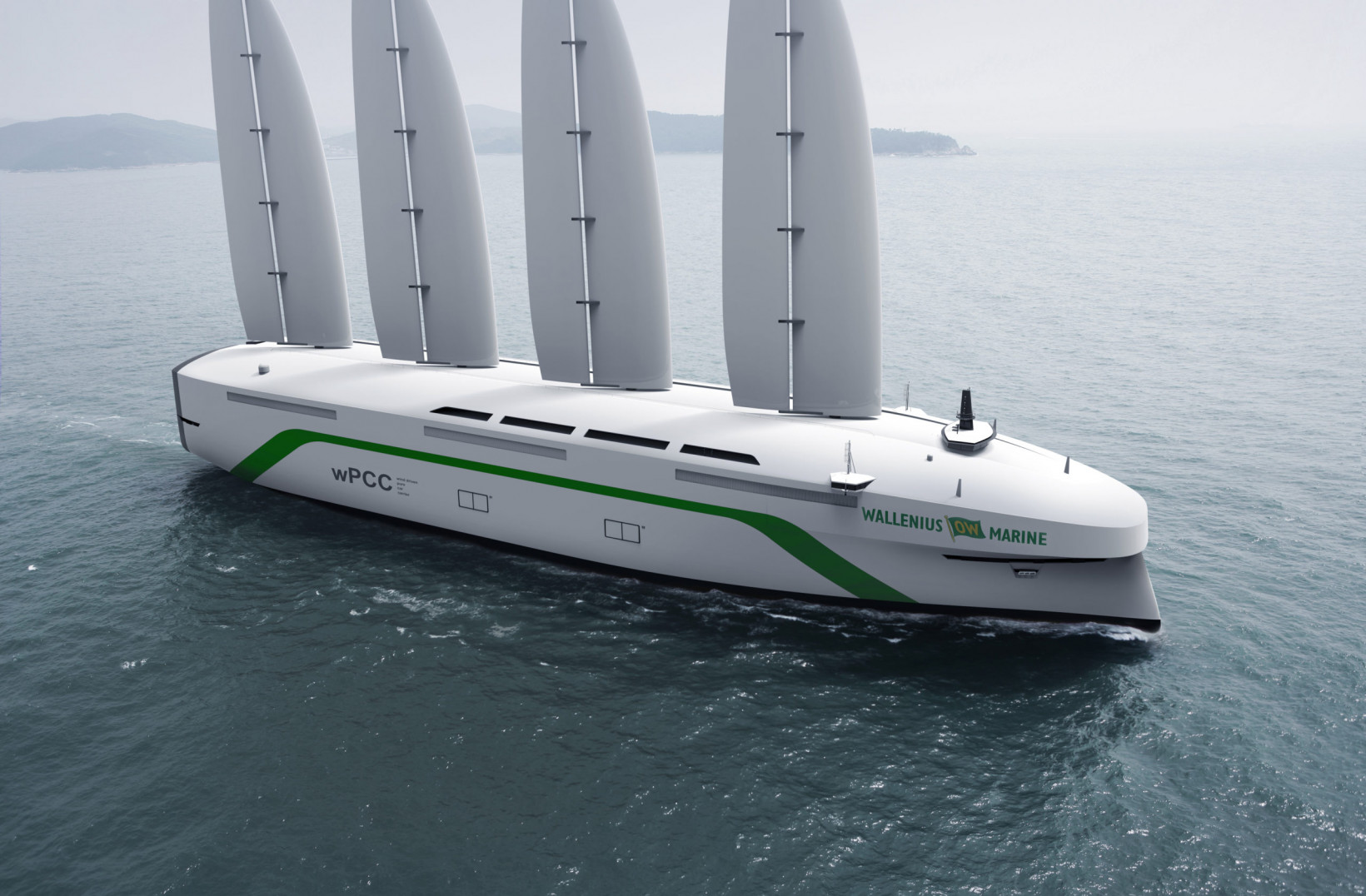Wind is great. It’s proving to be one of the most useful forms of renewable energy of our generation and is helping nations reduce reliance on coal and fossil fuels to generate power.
When it comes to wind, in most cases we need to use massive turbines to convert moving air into kinetic energy that can then be converted into electrical energy using inverters and generators. That power then finds its way directly to the grid to charge our electric cars and boats, or we can store it in batteries to use later.
That’s all kind of cumbersome, it takes a lot of time and energy to build wind farms and infrastructure, and that then comes with a maintenance overhead. Imagine if we could harness the power of wind directly.
Think about it, why spend all that time and money when we can just have our cars or boats propelled forward by the wind?
We could put huge pieces of material, like fixed kites, to catch the wind and drag ourselves forward. In fact, that’s what one group of Swedish engineers has done with its latest car transporting sea vessel.
[Read: Germany wants to permit driverless cars across the country by 2022]
A Swedish consortium including the KTH Royal Institute of Technology in Stockholm, maritime consultancy SSPA, and lead by ship designers Wallenius Marine has developed the wind Powered Car Carrier, or wPCC for short.

It’s a transatlantic ship capable of carrying up to 7,000 vehicles and reducing emissions for the crossing by 90%. And it’s powered directly by wind. Look at those big fins on top of it, I’m going to call them sails.
[Read: We asked 3 CEOs what tech trends will dominate post-COVID]
The consortium reckons that the wPCC should be ready for its maiden sailing voyage by 2024. Hopefully, it’ll still be windy by then.
The only downside of using wind power is that it will take about twice as long to cross the Atlantic. Typically, cargo ship journeys take seven days, the wPCC would take about 12.
For safety reasons, and for getting in and out of harbor, the boat does have additional engines. It seems the boat‘s designers are yet to fully nail down this aspect, but it will hopefully use electric motors to maintain its sustainable ethos.
Designers say its 200 meters long, 40 meters wide, and 100 meters tall, including the sails. That’s a little shorter than the average container ship, but far taller. The sails themselves are about 80 meters tall.
If you want to follow the development of the wPCC, you can keep up to date over on the Wallenius Marine blog.
While the consumer world is forging ahead to cleaner forms of transport, the commercial world is still lagging behind, particularly sea-bound haulage. So it’s great to see such innovation to create sustainable transport of the future.
Honestly, I can’t believe we didn’t think of this sooner. Oh, wait…
HT – The Driven
So you like mobility? Then join our online event, TNW2020, where you’ll hear how data, autonomy, and connectivity are fueling the future of mobility.

SHIFT is brought to you by Polestar. It’s time to accelerate the shift to sustainable mobility. That is why Polestar combines electric driving with cutting-edge design and thrilling performance. Find out how.
Published September 10, 2020 — 11:15 UTC
